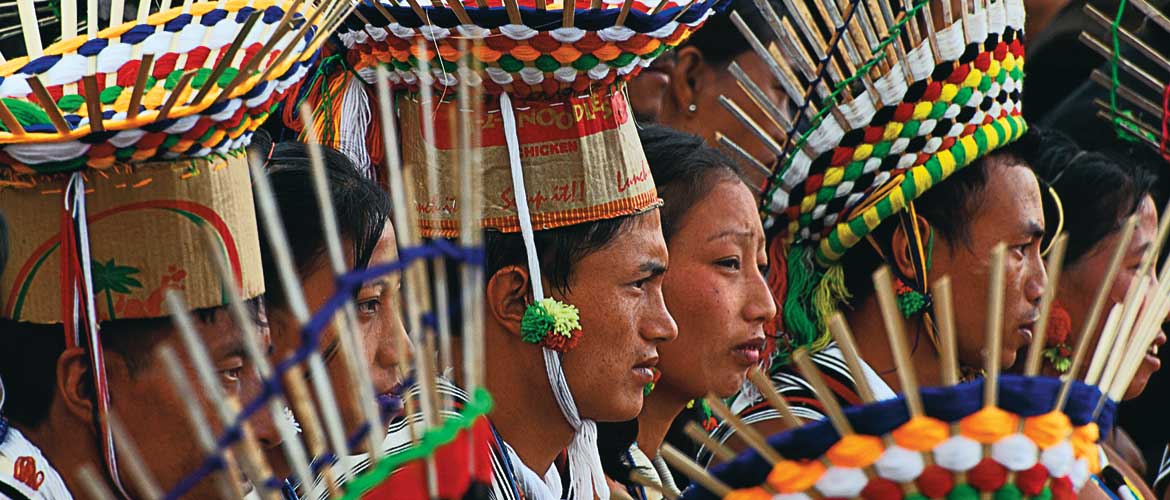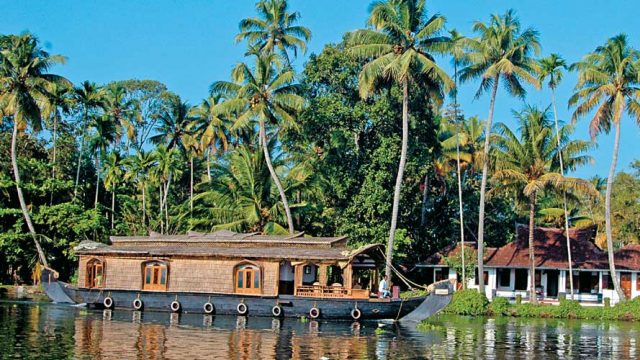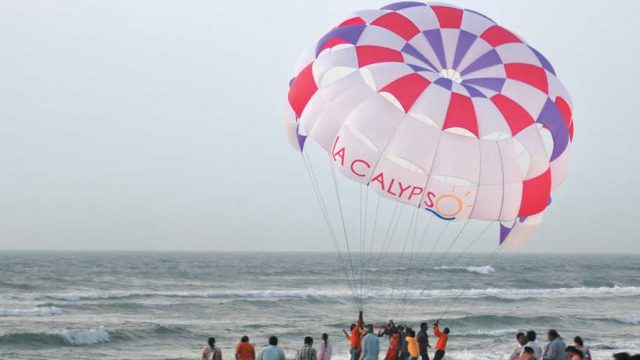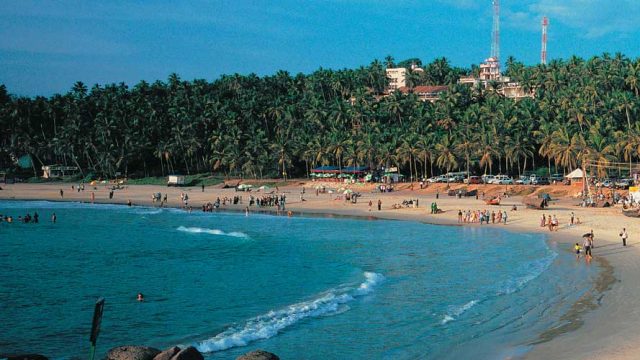The ride from Kohima to Botsa, and further up the hill to Tuophema, is only
Gone are the hired and shared taxis, the big tour buses, and the occ-asional luxury car. Gone also are the paved roads, proper signage, and any signs of tourism. As you head deep into northern Angami territory, the lives of the Nagas unfold. In fact, for those looking to head to Tuophema not just to get away from the crowds but to discover real Naga life, we would recommend taking the Tuophema community bus that leaves almost every day around 1.00pm from High School Junction.
Timings and frequency may vary, so call the tourist village a couple of days ahead and plan. Additionally, you will have to get there early to secure a seat, and be prepared to ride alongside pets and chickens. But the trip will be worth it.

It is one thing to see the many Naga tribes put their best foot forward at the Hornbill Festival but another thing entirely to head into the state and get a chance to see different lives, livelihoods and lifestyles up close. Tuophema Tourist Village, set up in 2001 as a community effort by the people of Tuophema, does just that. Self-funded, organised and designed, the tourist village was the result of the joint efforts of the different khels or clans from within the village. Now hailed as a model of rural homestays for other tribes within Nagaland and beyond the state, the Tourist Village offers a unique glimpse into rural life of a different kind than most Indians would be familiar with.
A traditional welcome gate leads to the village, dominated by a large tree called the War Head Tree, where enemy heads were once hung as war trophies. The tourist village is run and maintained by a team of young locals and overseen by the elected village council.
Along with the rare experience of staying in a traditional Angami house, the tranquil tourist village offers a peaceful retreat, cultural and educational programmes, a local museum, as well as guided walks through the village.

THINGS TO SEE AND DO
With just over 500 families, this is a tightly-knit village that has offered tourists from near and far a rare chance to experience Angami hospitality. The history of the village is said to go back to 1461 CE, and the old northern gate is one the village’s few historical remains. A guided walk around the village, arranged by the helpful staff at the tourist village, will take you past the old and new sections of the village, which include Baptist churches, an amphitheatre, and a charming, although unoccupied house built in the memory of the village founder. Close to the huts is a small museum that was set up in 2006. This well-lit room displays Angami dresses, headdresses, weapons and jewellery, along with household and ritual items relevant to this area.
The gazebo near the dining room has lovely wooden seats from where visitors can enjoy the crisp mountain air, stunning views of the valleys and mountains for miles and miles, and some of the most spectacular sunsets and sunrises you are likely to ever see. For the city born and bred, it is recommended to head out of the hut in the middle of the night for a few minutes and stare slack-jawed at the stunning starry sky above. Thousands of stars light up the night sky in Tuophema, making for an unforgettable experience – and certainly a sight you’ll never see in the smog-filled city skies.

Time your trip with the annual Angami festival of purification, known as Sekrenyi, held between 25 and 27 February every year. This is a wonderful display of rituals and ceremonies for those who have tired of the Hornbill festival. Water holds much significance for the Angamis, as is evident from the rituals of the first day of the festival: a few drops of water are taken from a jug and poured into banana leaves, which are then placed at the three main posts of the house. The village well is cleaned the night before the festival and the youth are made to guard the well, as it is said that no one is allowed to collect water from the well after it has been cleaned. On the second day, the young men rise early and proceed to the well to wash.
Another interesting ritual during the festival is called dzuseva or “touching the sleeping water”, in which men don two new shawls (the black mhoushu and the white lohe) and sprinkle water on themselves; this is said to wash away their misfortunes. There are other rituals involving rice beer, which is also part of the feasting drink with the locals as part of the feast.
WHERE TO STAY AND EAT
The Tourist Village (Cell: 09436832075, 08014926733; Tariff: ₹1,800 for single and ₹2,300 for a double occupancy hut) comprises 12 huts, all built by different clans in the villages. The spacious huts come with attached bathrooms. Simplicity and comfort are the key elements here.
The young locals who maintain the tourist village also serve up some delicious Naga grub for their guests (approximately ₹250–350 per person per meal). Expect delicious home-made dal, pork, chicken and vegetable dishes at the buffet.

ANGAMIS
Located in the district of Kohima, the Angami Nagas are hill people whose main forms of subsistence are cultivation and livestock-rearing. Of the 17 Naga tribes, Angamis are one of only two who practice growing of wet rice on terraces carved out of hill slopes, which allows for cultivation on the same plot every year. Tradition-ally, Angamis were warriors, and the Angami men famously spent a majority of their life in warfare with hostile villages, (in)famously represented by the practice of taking heads. The inter-village feuds and headhunting practices largely came to an end around 1879, when the British annexed this territory.
Today, although more than 98 per cent of Angamis are Christians, with 80 per cent or more of them Baptist, they are in fact one of the last tribes in Nagaland to still have animists within the community.
FAST FACTS
When to Go November to March. The Sekrenyi festival is held in February
Tourist Office
Nagaland Tourism Office, Kohima, Nagaland, Tel: 0370-2243124, STD code 0370
GETTING THERE
State Nagaland
Location Part of the northern Angami region, Tuophema is located in the Kohima District
Distance 45km N of Kohima
Route from Kohima via NH61 to Botsa, and then the uphill road to Tuophema village
Road The NH61 or the Kohima-Mokokchung Road goes directly to Botsa, which is 4km away from Tuophema. At Botsa, take the uphill road to the right, which goes up to the village. A hired taxi costs ₹2,000 from Kohima Bus A community bus leaves everyday in the afternoon and evening. Time and availability may vary, and it is best to call the Tourist Office to confirm. The bus ticket to Tuophema costs ₹60 per person
The Northeast Guide
Nagaland
Angami Tribe





